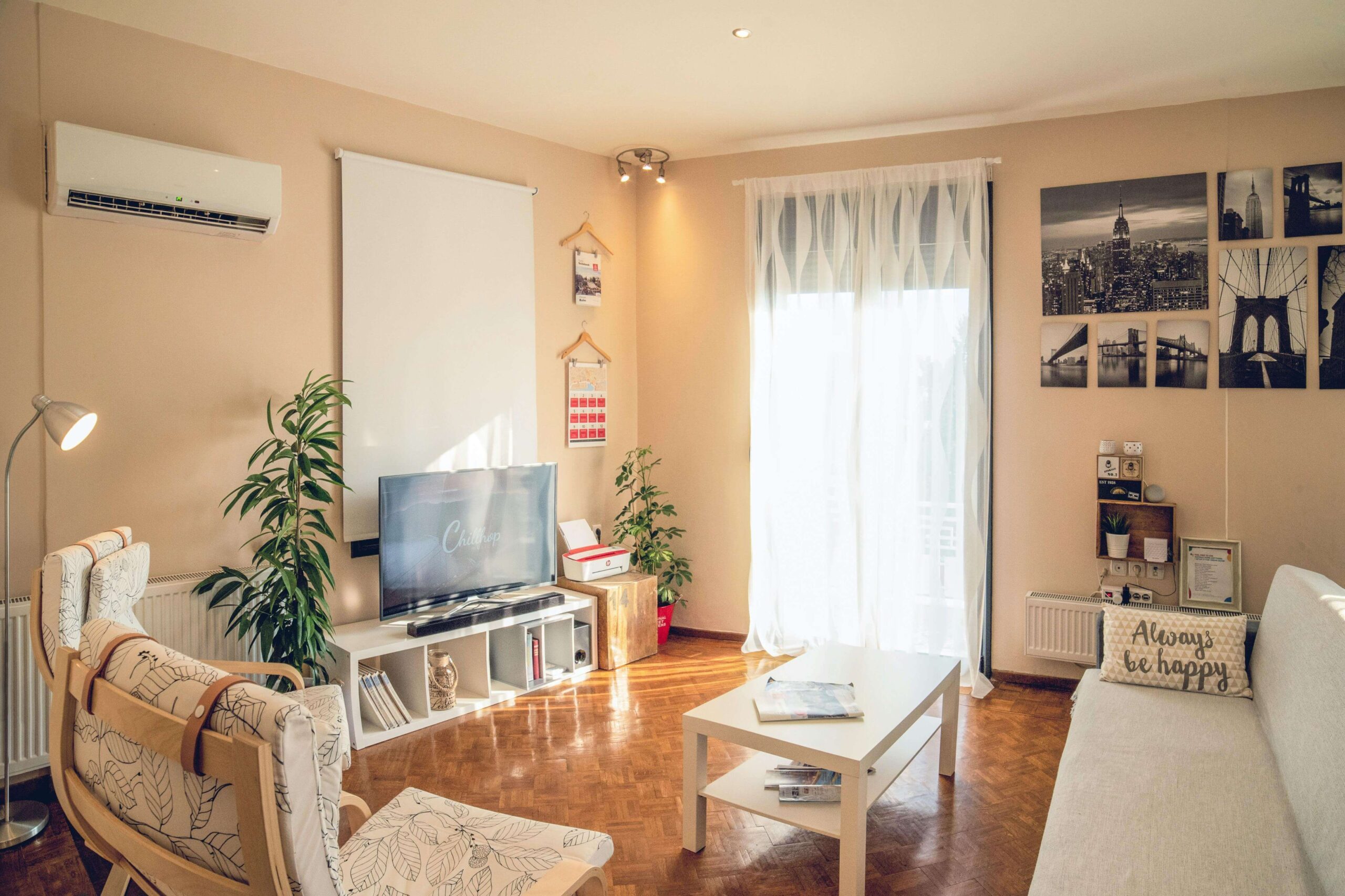If you manage properties for short-term or temporary rental, understanding the difference between a Short-Term Let (STL) and a Medium-Term Rental (MTR) is essential — not only from a legal perspective, but also in terms of tax, compliance, and day-to-day operations.
What is a Short-Term Let (STL)?
A Short-Term Let refers to a property that is rented out frequently to tourists or guests for short stays, usually for leisure or holiday purposes. These lets are typically governed by regional regulations and often require a tourism licence or registration number.
To be compliant, the property must meet specific requirements: be fully furnished, include basic equipment, provide complaint forms, and in many cases, have noise monitoring systems or 24/7 guest support, depending on local regulations.
What is a Medium-Term Rental (MTR)?
A Medium-Term Rental involves letting a property for a defined period, for reasons not related to tourism — such as work relocation, studies, or temporary housing during renovations. In Spain, this is regulated under Article 3 of the Urban Leasing Law (LAU) as use other than permanent residence.
This type of rental doesn’t require a tourism licence, but the temporary nature and reason for the tenancy must be clearly stated in the contract. These agreements typically range from 1 to 11 months in duration.
Key Differences Between STLs and MTRs in Spain
- Purpose of rental: STLs are intended for tourism and short leisure stays; MTRs are for specific non-touristic reasons.
- Regulation: STLs are subject to regional tourism regulations; MTRs fall under the national Urban Leasing Law (LAU).
- Length of stay: STLs are typically rented by the night or week; MTRs involve contracts ranging from 1 to 11 months.
- Licence: STLs require a tourism licence or registration; MTRs do not.
- Tax treatment: Income from STLs is considered business activity; income from MTRs is usually classified as property income (with some exceptions).
- Services: STLs may include guest services such as cleaning, welcome packs, or concierge; MTRs resemble a more standard residential tenancy.
Why is it so important to understand the difference?
For any property manager, classifying each unit correctly is critical. Mislabeling a rental can lead to fines, inspections or tax issues. It also impacts insurance policies, guest check-in procedures, noise control requirements, and where the property can legally be advertised.
At Roomonitor, we work with property managers and owners across Spain to ensure their operations are compliant, efficient and professional. Understanding the difference between an STL and an MTR is the first step.
And what about “Short-Stay Rental”?
This term is often used to describe stays of just a few days or weeks, but it’s a broad label that can refer to both STLs and some MTRs. Legally, the key factor is the purpose of the stay: if it’s touristic, the property is an STL and must be licensed accordingly; if it’s for non-touristic reasons (such as work or study), it may qualify as a Medium-Term Rental. That’s why each case must be carefully reviewed and categorised.
